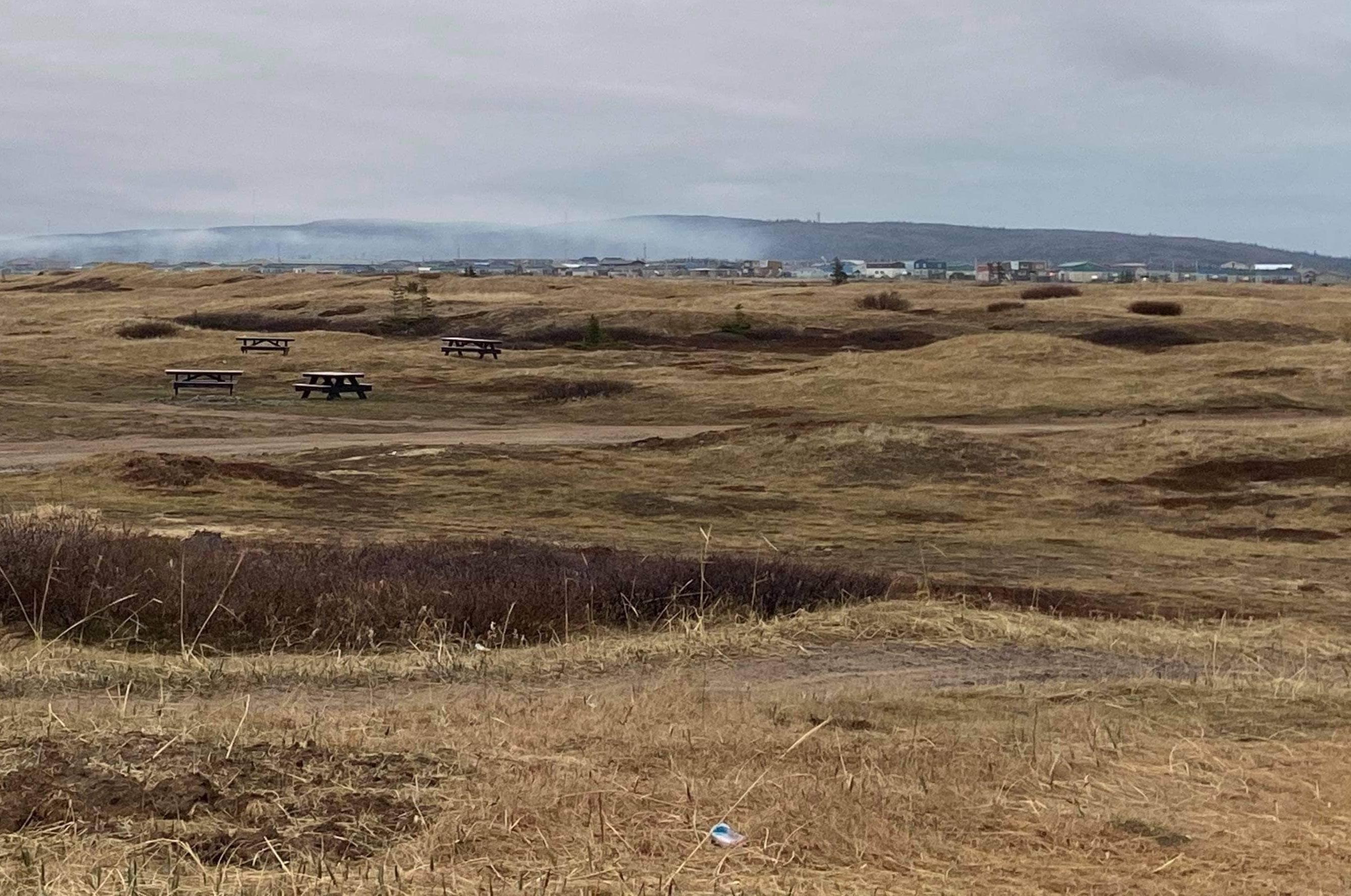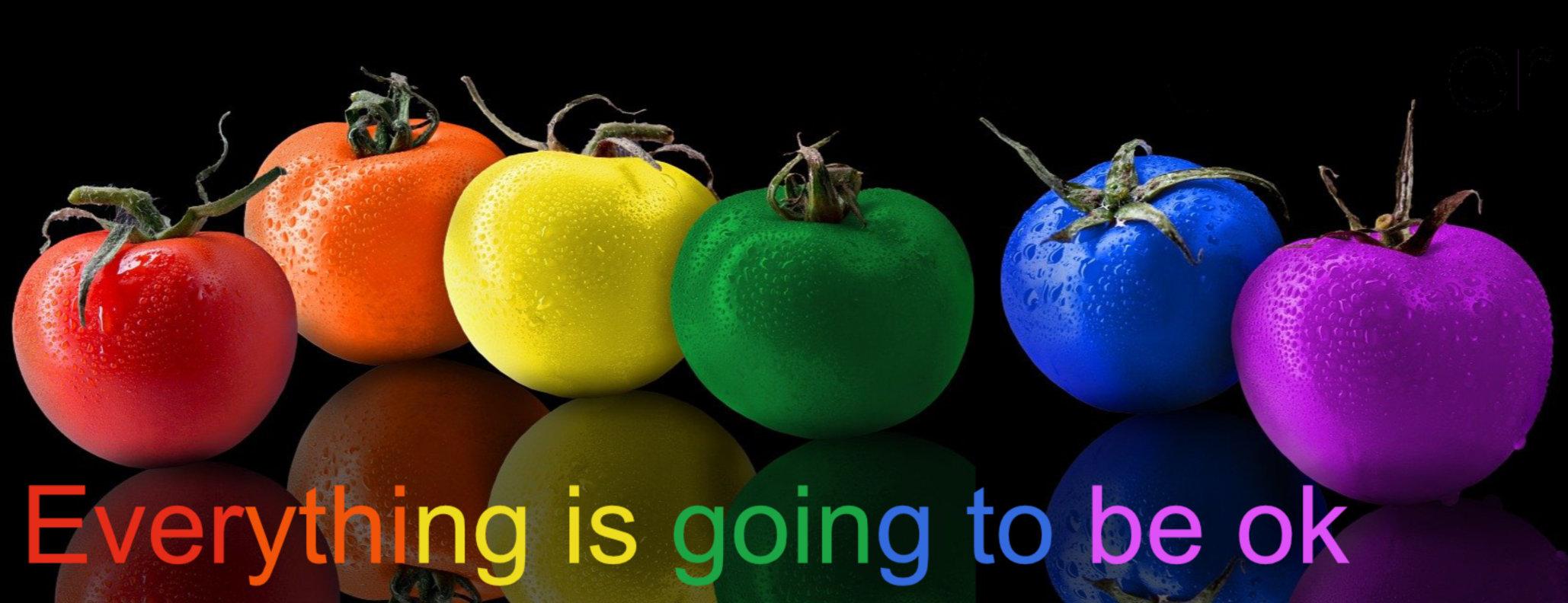
6 minute read
Tackling the trash
Public Consultation on Forestry Activities From August 3 to 28, 2020, the Ministère des Forêts, de la Faune et des Parcs (MFFP) invites the members of the general public to express their opinions on the harvesting and forestry activities set out in the 2018-2023 integrated operational forest management plans (PAFIO) for the Norddu-Québec region. Various forestry operations will be carried out in the coming years. The integrated forest management plans clearly show the sectors where harvesting, land preparation, reforestation, clearing and other operations might be carried out. Also, roads and infrastructures will have to be built or upgraded to access the work sites. Professionals from the MFFP would like to hear the concerns of forest users on the proposed forest activities. During the consultation period, you can access the operational plans and submit your comments online via the website of the MFFP (https://mffp.gouv.qc.ca/consultation-plansdamenagement-forestier-integre/). You can also go to the regional office of the MFFP (by appointment only) Monday to Friday (except holidays) from 8: 30 a.m. to 12 p.m. and from 1 p.m. to 4: 30 p.m.; our staff will be able to answer your questions and respond to your concerns regarding potential work sites.
Unité de gestion de Chibougamau
Advertisement
624, 3 e Rue Chibougamau (Québec) G8P 1P1 Telephone: 418 748-2647 Fax: 418 748-3359
IMPORTANT: If you would like to receive information on future public consultations held by the MFFP in the Nord-du-Québec region, please write to christine.morin@mffp.gouv.qc.ca; make sure to write the following in the subject line : Request for inclusion on the mailing list.
by Patrick Quinn Tackling the trash
At the mouth of the Great Whale River, the Cree com munity of Whapmagoostui shares several services with the neighbouring Inuit village of Kuujjuarapik, including a contro versial landfill site at the edge of town. A new online petition demanding that community leaders find an urgent solution to the toxic smoke coming from this dump had amassed nearly 2,000 signatures at press time.
“The morning I started the peti tion, I was lying in bed and my whole room stunk of garbage,” recalled Vivianne Sheshamush. “It just made me so frustrated feeling like I was helpless, that the air coming into my house was filled with toxic smoke and that my chil dren were sleeping and also smelling it. That was when I decided it was enough.”
Community members have complained of the dump smoke for many years and expressed con cerns that waste from the site has been blowing into nearby Hudson Bay. The site’s proximity with res idential areas is an ongoing public health issue. Its proximity to the airport, the community’s only access point for most of the year,
has also been identified as a safety issue due to collisions between birds and planes.
“I know families have talked of their loved ones who suffer with asthma having a harder time breathing on those days when they light the fire,” Sheshamush told the Nation. “The dump is currently 750 metres away from the nearest house, a house that has a child in there. The mother said it was so bad that sometimes she sees ash and she doesn’t let her son play outside.”
The Cree Health Board issued a public health advisory in 2017 reminding residents with heart or lung disease, Elders, children and pregnant women to limit their expo sure to dump fire smoke by staying indoors with doors and windows closed, and air exchangers turned off. These recommendations are proving challenging to follow in the summertime heat.\
“It’s been really hot up here and a lot of people don’t have air condi tioners or fans,” said Sheshamush. “They open their windows to try to get a breeze in their house. The whole town has no choice but to breathe in all this toxic air.
Petition demands an end to Whapmagoostui dump site’s toxic fumes

They light it three times a week yearround.”
The landfill site, built by the Canadian Army in the 1950s, is owned and operated by Kuujjuarapik as it is located on Category 1 Inuit land. According to documents from the Kativik Environmental Quality Commission, a project to relocate the dump was first launched over 20 years ago when the threshold of airborne toxicity had already been exceeded.
Whapmagoostui began site selec tion for a new landfill in 2010, in collaboration with engineering con sultants Stantec. The Cree Nation Government mandated Stantec to conduct a field investigation on the chosen site in 2017 located 5 km north of community limits in Category 1A Cree land, which would be connect ed to the main road via a proposed access road.
“We’re very glad that the gravel will commence next year in order to make our new dump site,” said Marty Visitor from the Kuujjuarapik munic ipal office. “There’s been a bunch of federal and provincial roadblocks. It’s always been Quebec and Canada duking it out with land issues and we face the consequences.”
As the new access road crosses both Cree and Inuit territory, there had been a longstanding conflict about which costs would be covered by the federal or provincial govern ments, Visitor explained.
Construction on the access road will commence in 2021 with the new landfill expected to be ready for oper ation in the following year. Although Sheshamush alleged that the area’s Cree and Inuit sides often fail to col laborate on common issues, Visitor insisted they are working together to resolve this one.
“We’ve been in collaboration with the Crees, working together on this file,” said Visitor. “They will be run ning the new landfill. We would like the issue to be fixed as soon as possible.”
Kuujjuarapik will be responsi ble for closure of the existing site, which is near capacity. It is common ly referred to as “Canadian Tire” by both communities because its bulky waste platform makes it easy for cit izens to salvage hardware and other materials they may be seeking.
“A lot of people get goods there,” said Reggie Tomatuk, the Cree Health Board’s environmental health pro
- Marty Visitor, Kuujjuarapik municipal ofce
gram officer. “A couple of friends collected wood and made a huge cabin not far from the community. We discourage people from collect ing garbage. We have to reduce the amount we create.”
Tomatuk said the community is working to reduce garbage by bring ing in large recycling boxes with existing programs to recycle batter ies and chemicals. While the current site divides waste into separate sections, he believes there is much room for improvement with the new dump and cites Wemindji as a model to emulate.
“We need to work as one commu nity together with education so we can help recycle all the community’s waste,” Tomatuk told the Nation. “We have to find a better way. Dumps are slowly improving from the way it was done in the past. I can’t wait to see the new dump site – it will be all sub divided for different products.”
Designating the new site as a “northern landfill” means garbage burning will continue, which expands its lifespan and improves pest control. As Whapmagoostui recognizes that open burning results in the release of hazardous compounds, they are planning to introduce waste diversion programs that will allow burning to be phased out.
“Are people still going to have no choice but to breathe in these fumes?” Sheshamush responded. “What other alternatives can there be to stop us from putting all these pol lutants into our environment? They’re doing temporary solutions that turn into a long-term thing. We’ve been promised change for years now.”







